
Original photo by Vincent Dermody for Vice Magazine’s Do’s/Don’t’s section. Fenchel here made it into the Do’s column!
Sunday, February 28th, 11 AM- 2 PM
At Roots & Culture 1034 N Milwaukee Ave.
Join the Piranha Club for a reggae brunch celebrating Roots & Culture’s 10th Anniversary. Featuring the Jamaican rhythms of Black Dog Sound with special guest DJ History. Hopping island flavors will include curry goat Royal Pies by our buds at Pleasant House Bakery as well as spicy Ital vegan food and other creole dishes. Dank coffee selections by Kindred Coffee Roasters and classic boozy brunch cocktails too!
Served to order on a first come, first served basis. Proceeds benefitting Roots & Culture. Food $10- $12, drinks $5.
So what’s up with Roots & Culture? Is it a reggae themed gallery? If you’ve got a minute, here’s the scoop:
Back in 2006 I, unfortunately, didn’t see anything wrong with naming my business after a movement in Jamaican music, a name representing the core principles of reggae– spirituality, social equality, and African/black pride. Roots music signaled a shift in lyrical subject matter from common tropes of popular music such as romance and machismo toward social issues. I ~idealistically~ hoped that my nonprofit art center might have a similar effect on the art world in Chicago. The two words themselves, in many ways, earnestly represent values of the space– roots in the community, roots in the precedent of DIY arts organizing in Chicago, and culture is just the name of the game.
Though I have since realized the irresponsibility of this move. We can blame my less culturally sensitive attitude ten years ago– I was heavily into DJing at the time, which has always been a business of appropriation. But silly, misguided, white privileged me– an affinity for a culture that is not one’s own does not give permission to borrow its identity. This has lingered heavy over my head, embarrassed me, for quite some time. I’ve seriously considered changing the name. A few years ago I consulted a Jamaican pal, an exhibiting artist at the gallery, on the matter but they talked me out of it. It was too late. So here I am, owning up to it– I’m guilty of cultural appropriation.
This party will probably only further dig that hole, attended by whom I’m guessing will be 0% Jamaican. Can we call it one last send off, a catharsis? Can we, can you, find another definition for these two words? A meaning that represents the work the gallery does, which I am very much proud of.









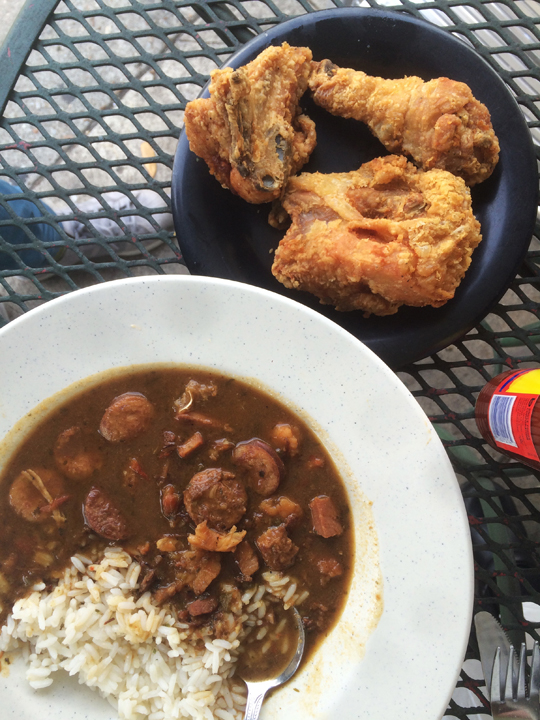
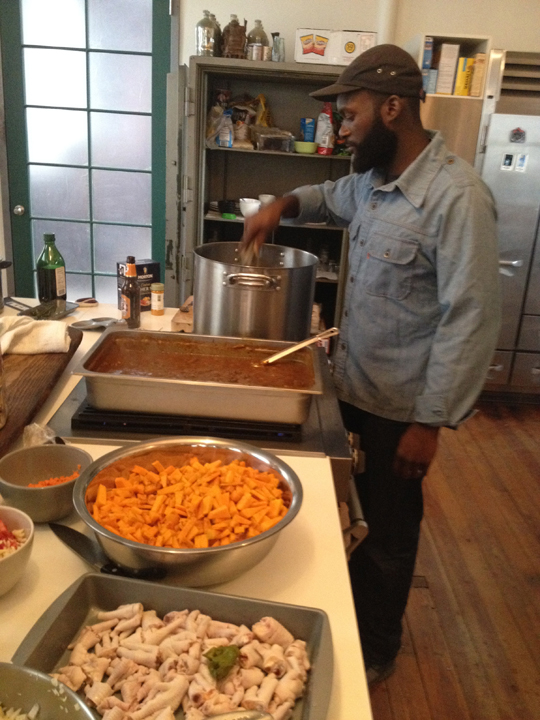




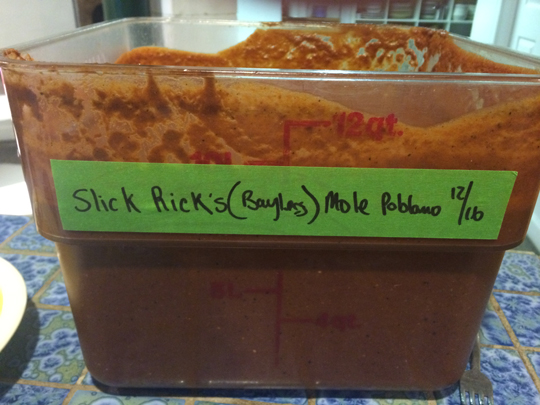
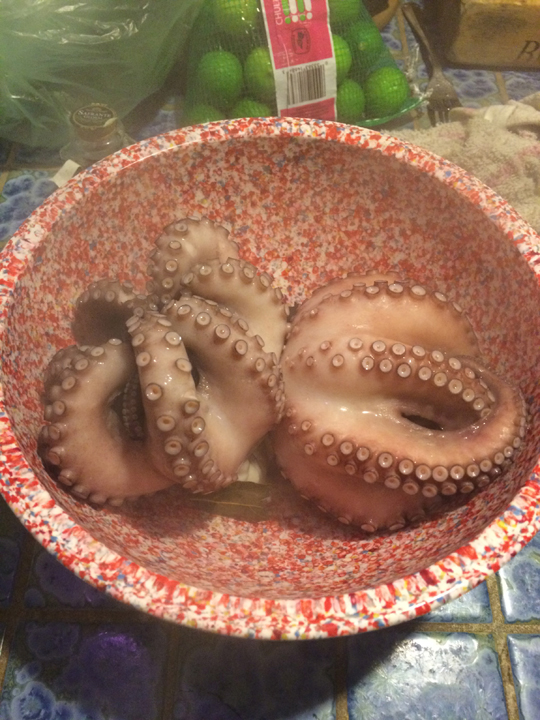
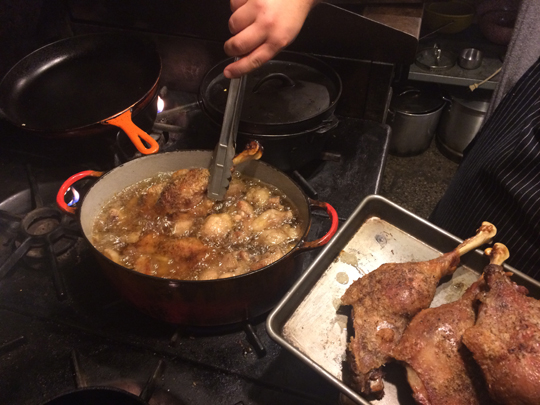
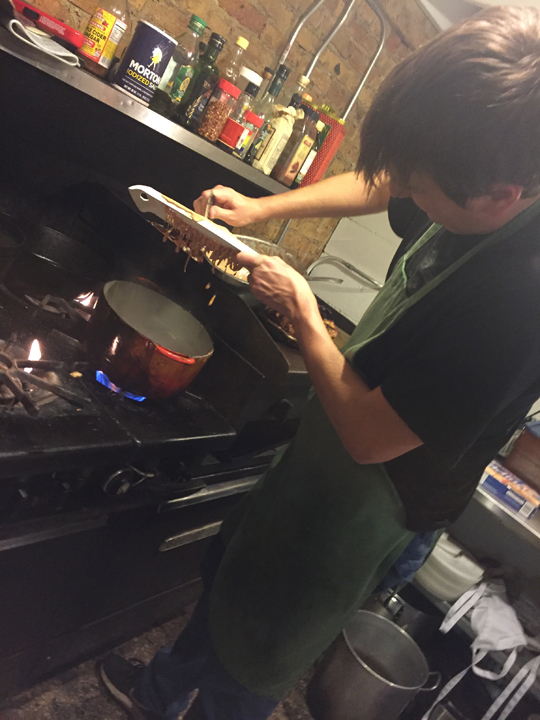
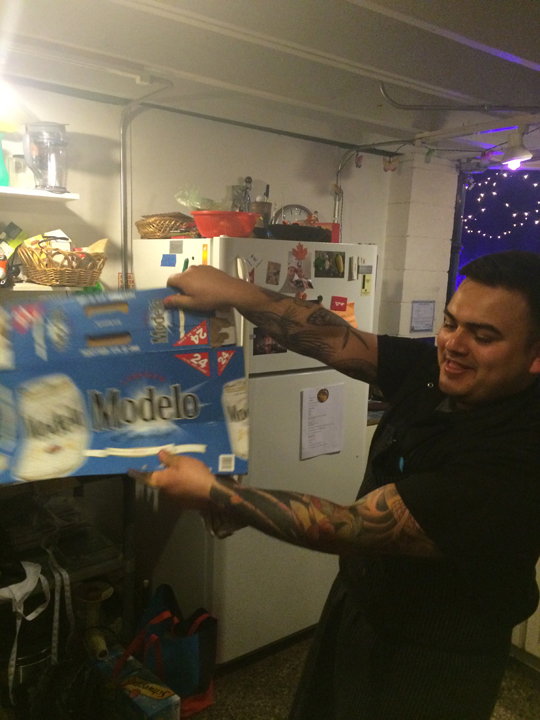
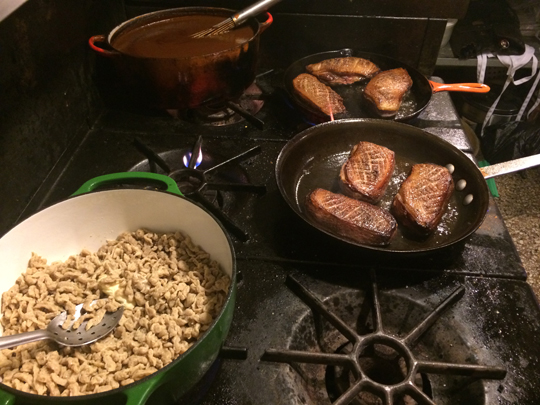
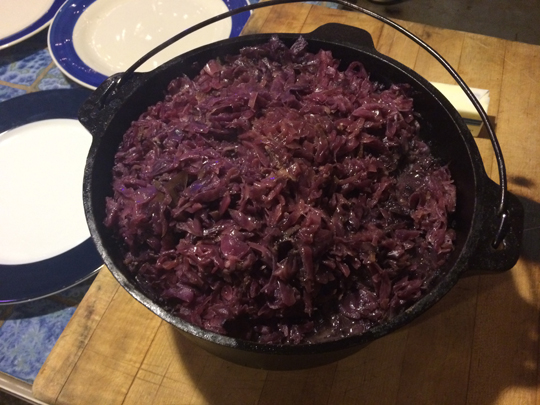
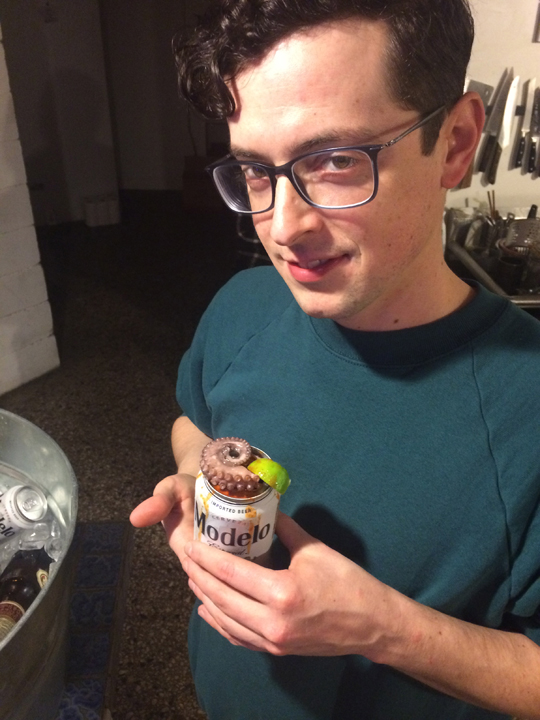

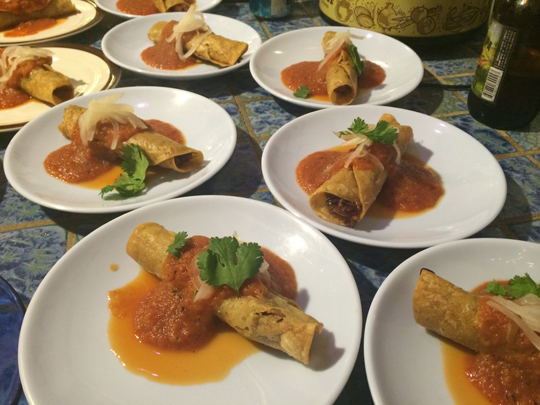
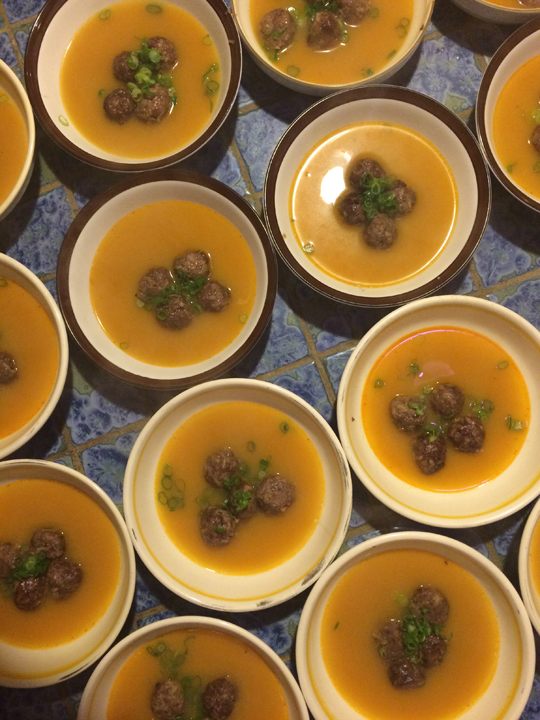
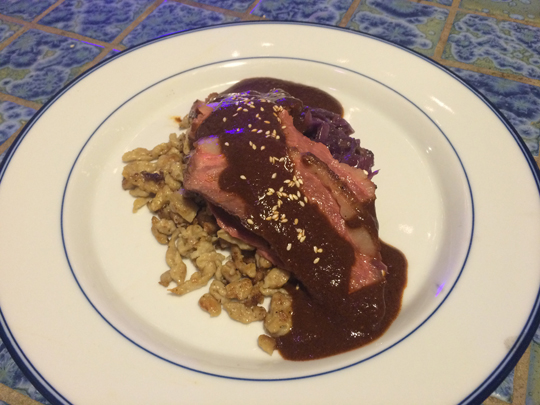
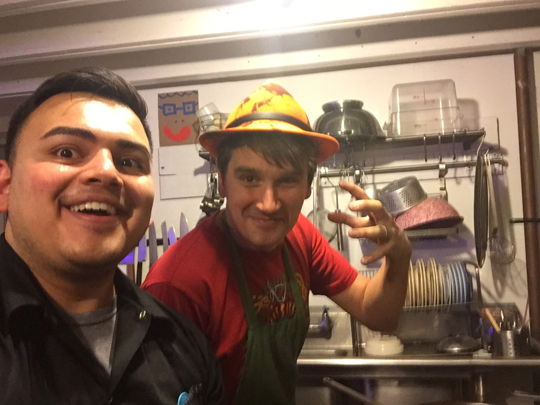



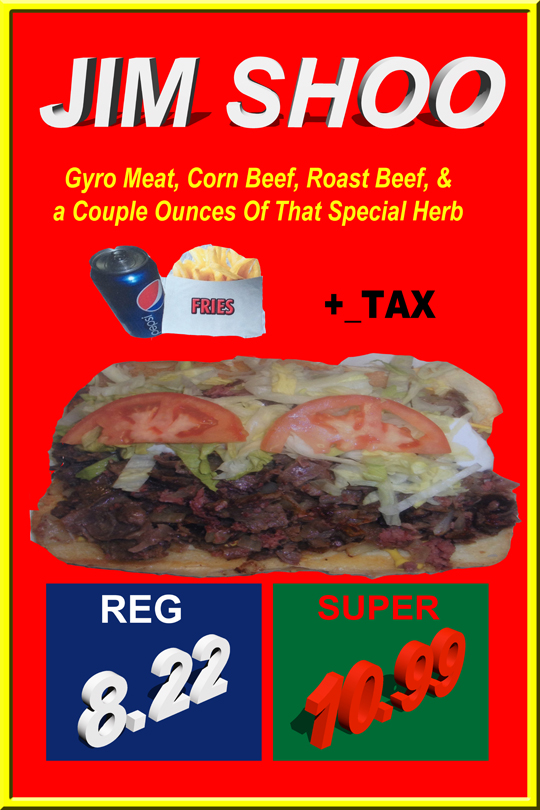

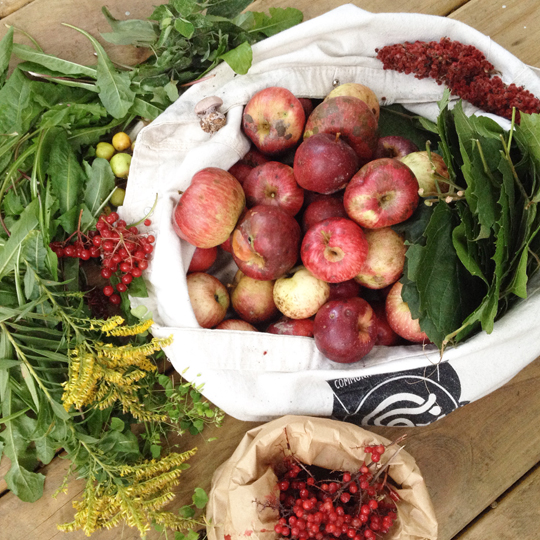
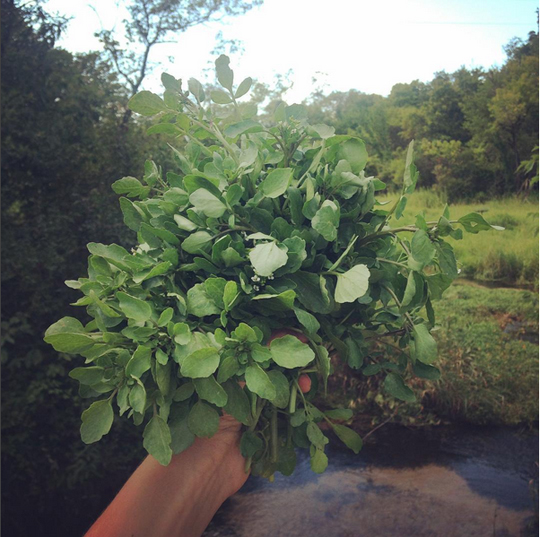
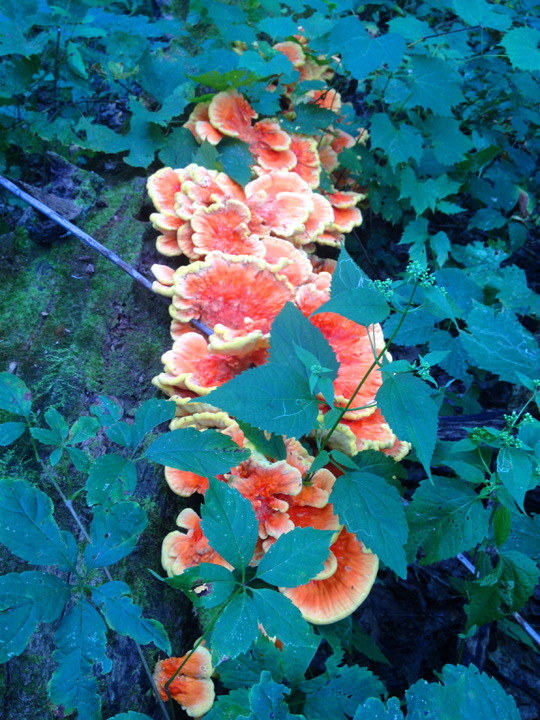
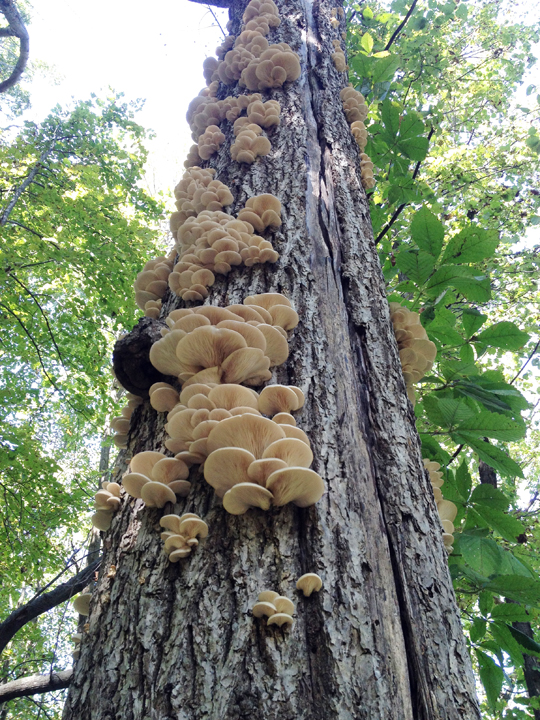
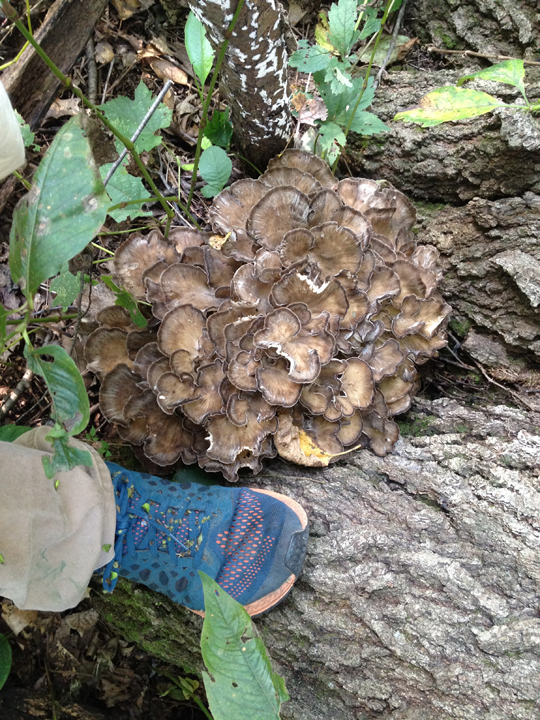
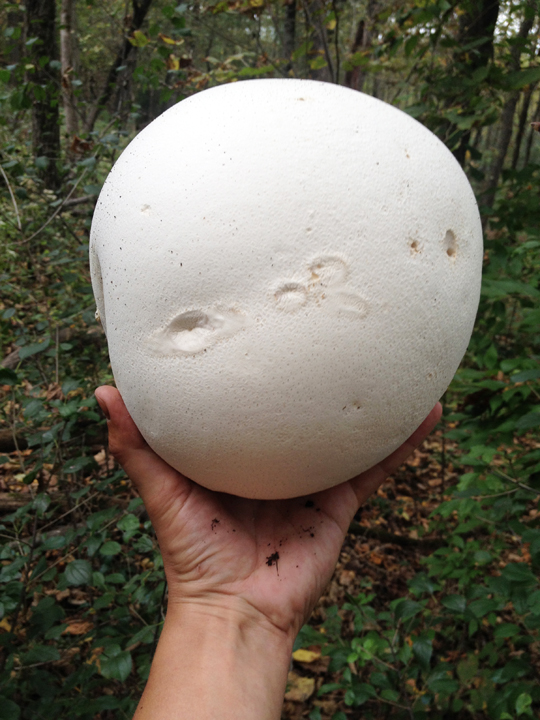
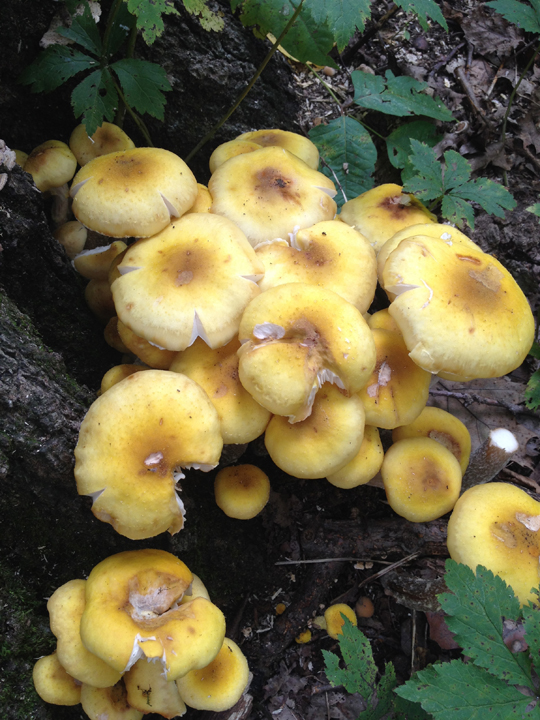
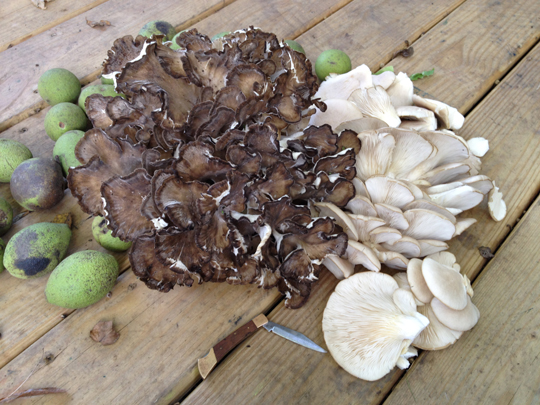
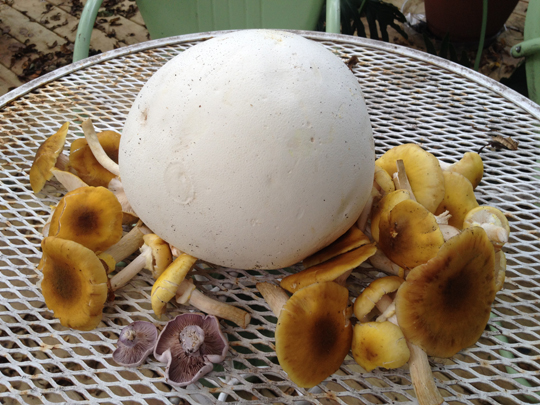

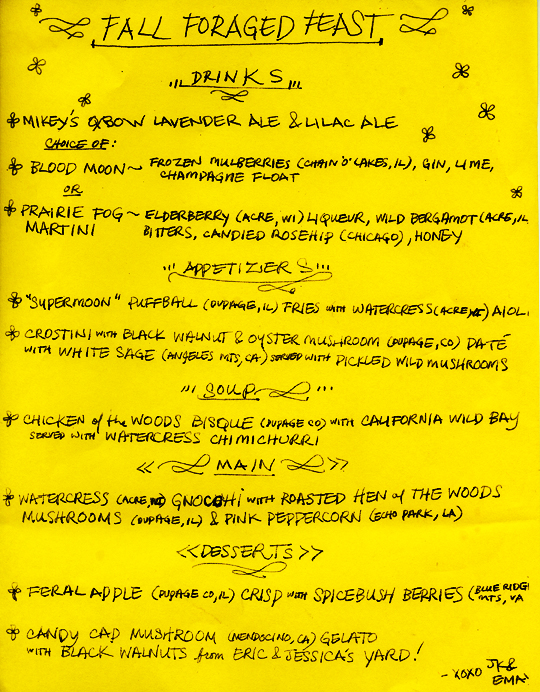
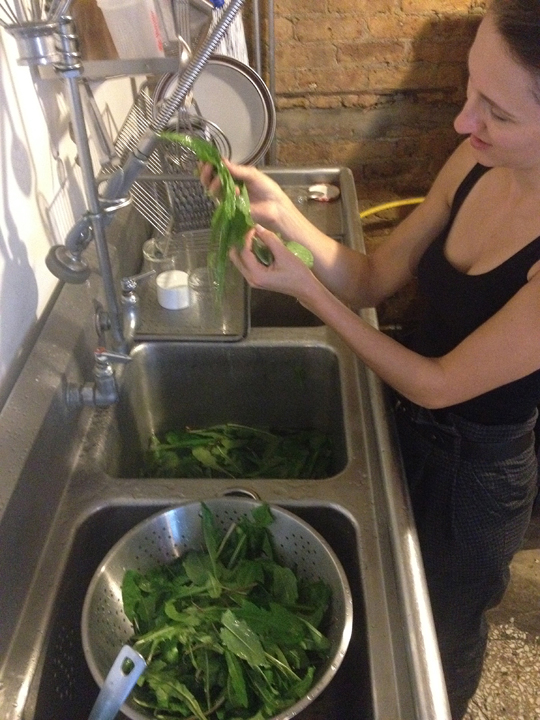
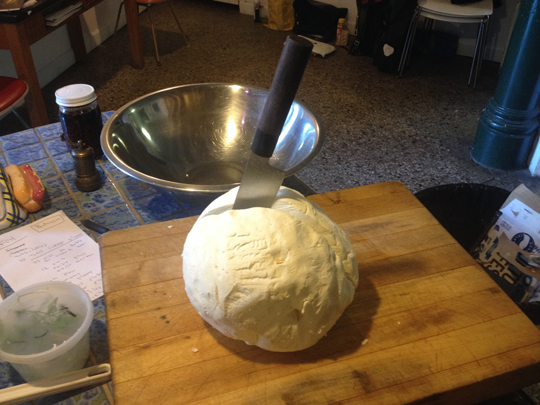
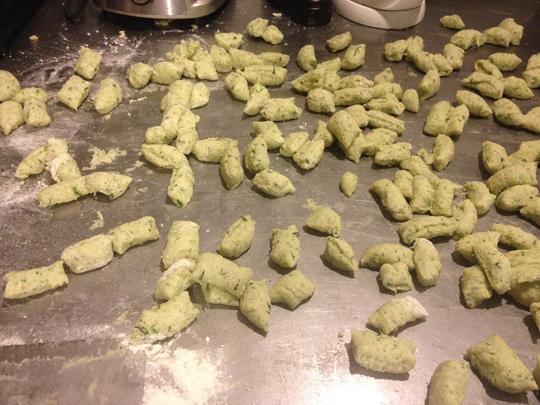
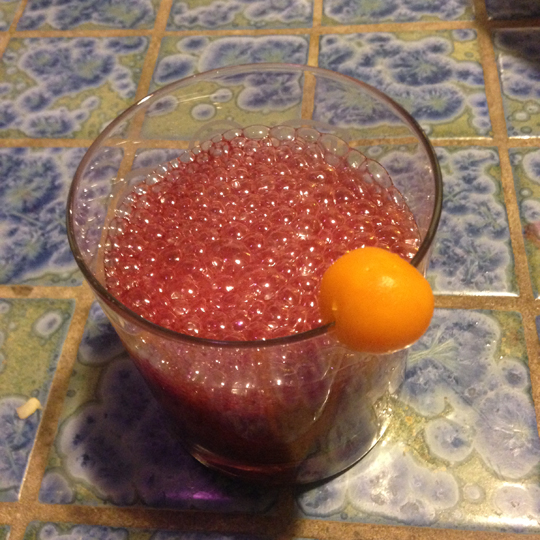
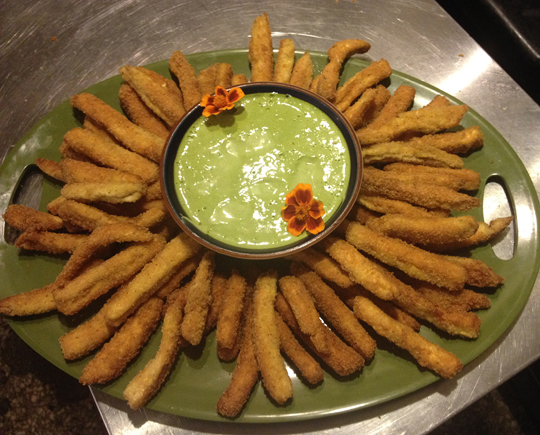
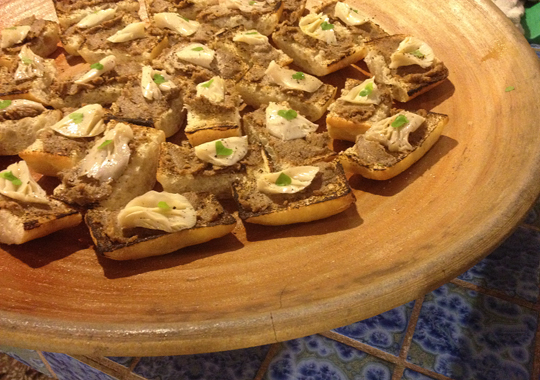

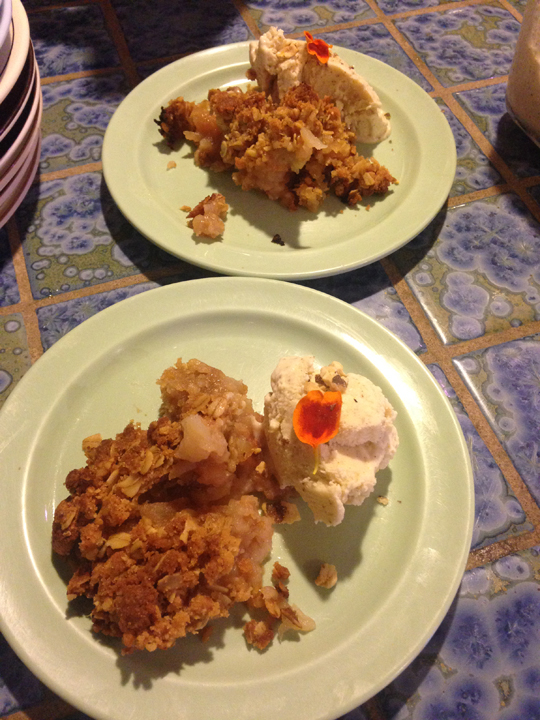

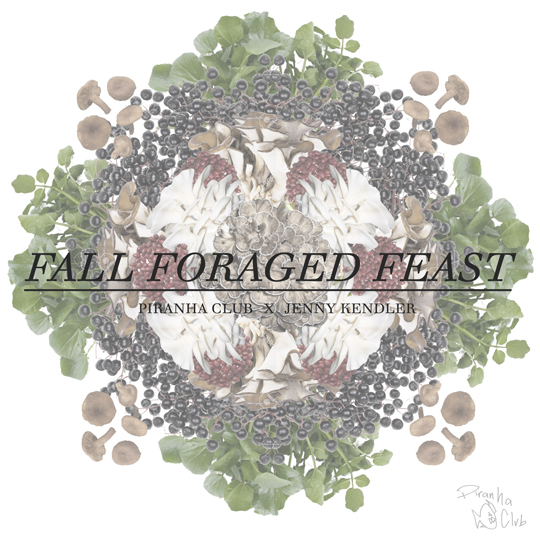

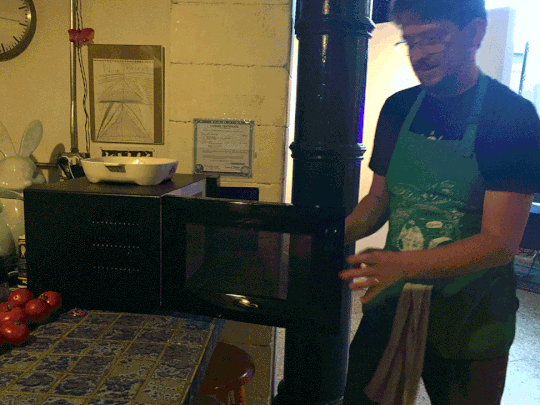
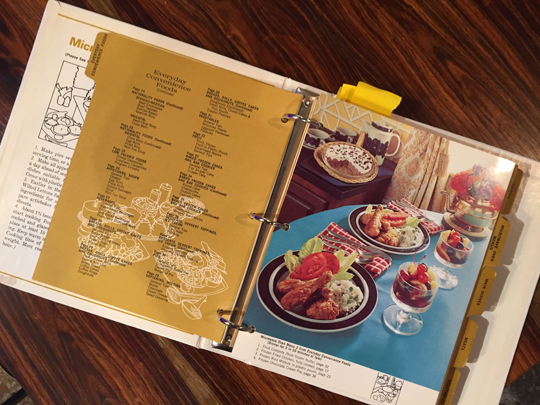
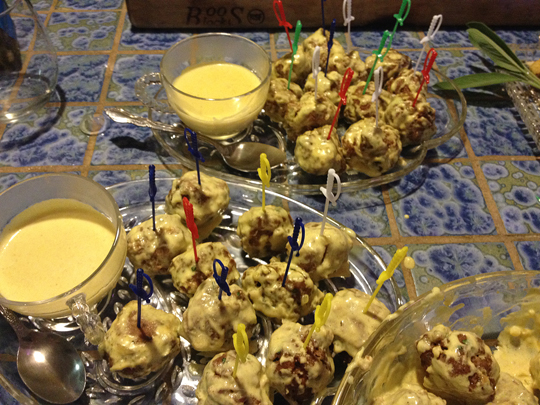
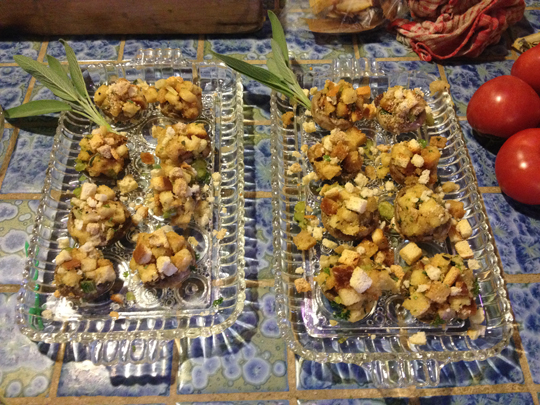

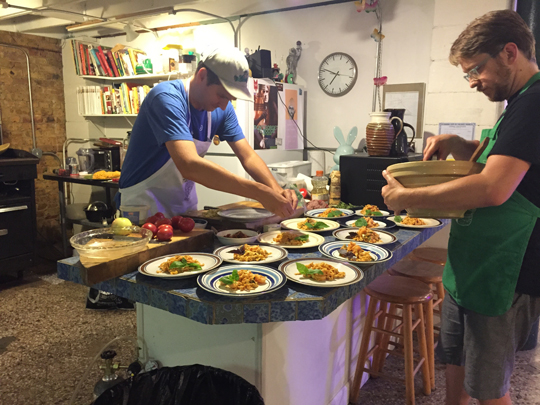
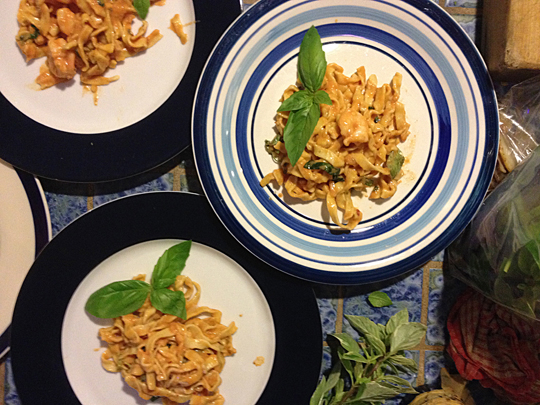
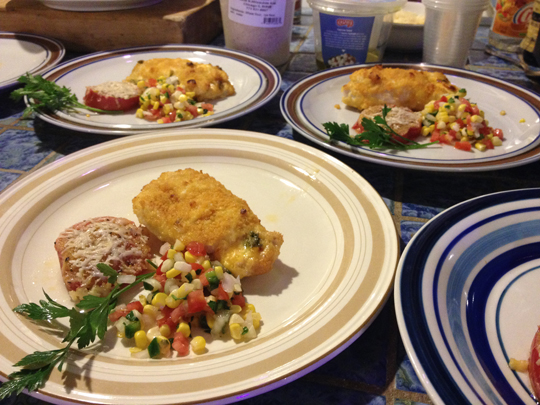
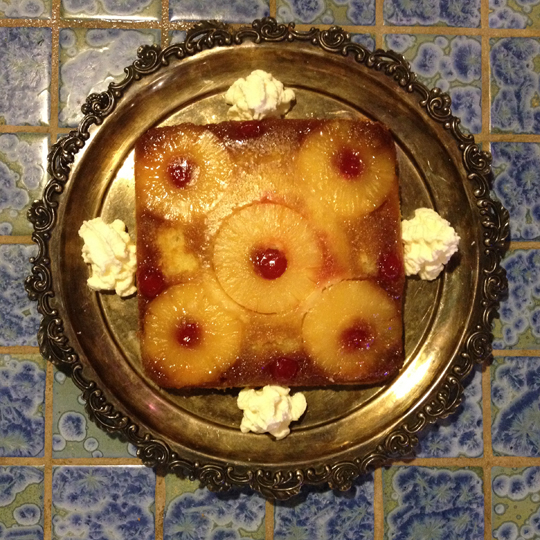
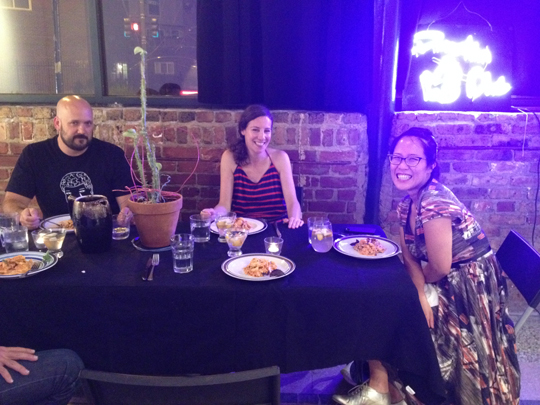
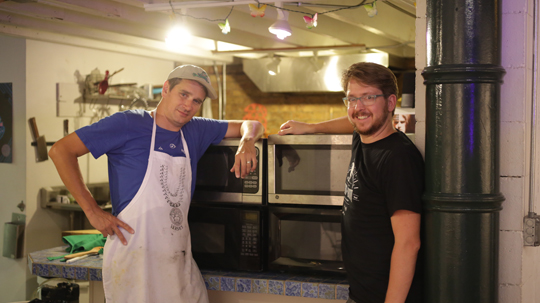

BUSY
Yeah, its been quiet around here. I’ve been busy cultivating this little creature:
If you’re craving some food writing (and recipes) I wrote a story about regional Mexican food in Chicago for the May issue of Bon Appétit HERE.
I can’t promise there will be much content for the next few months. Maybe a baby food Piranha Club?! Stay tuned.